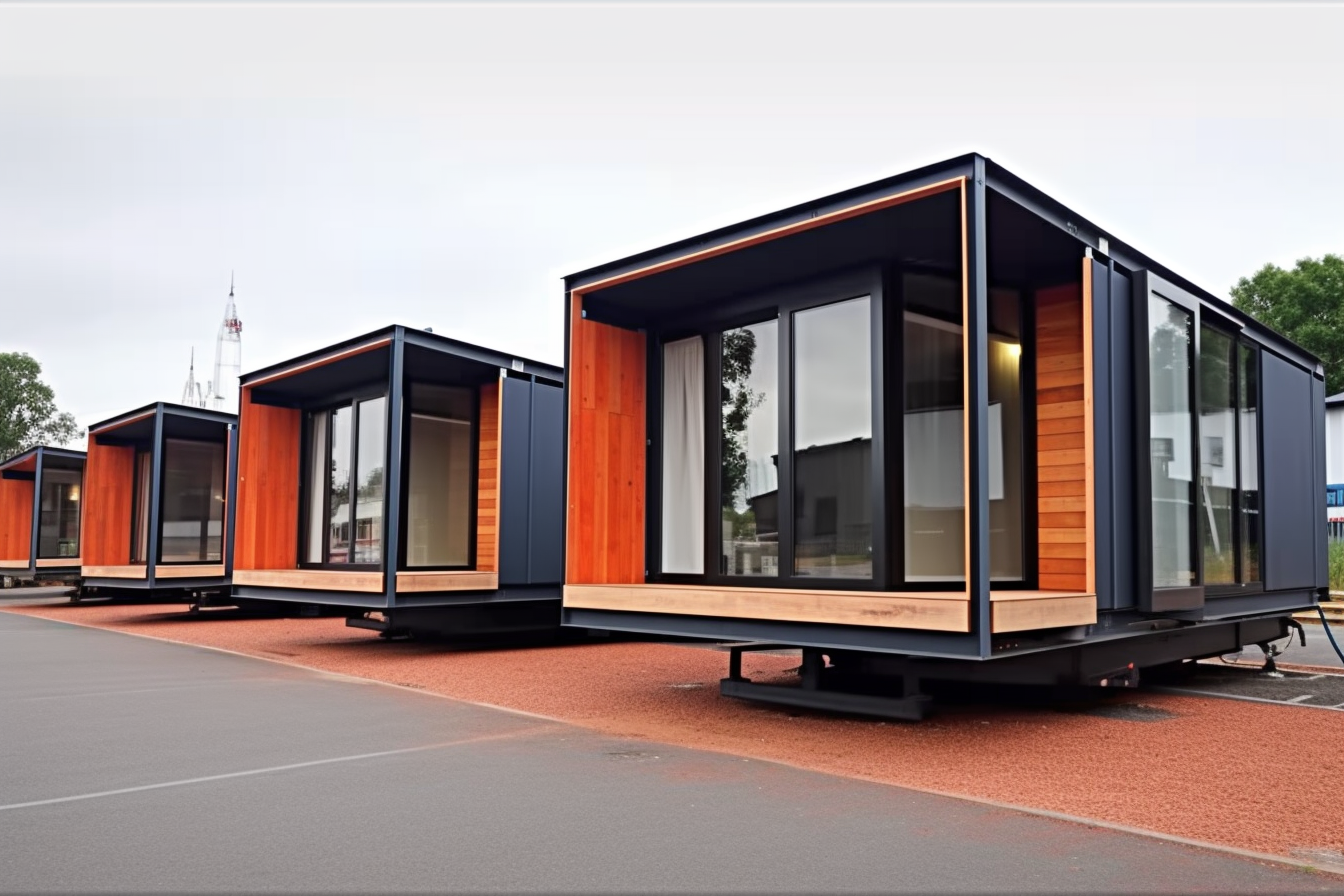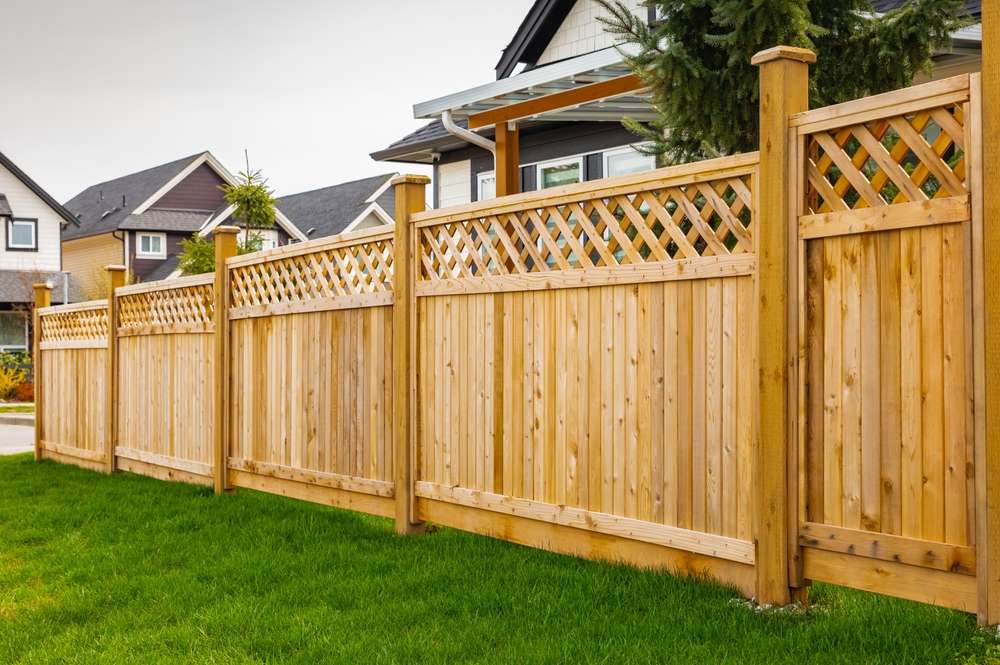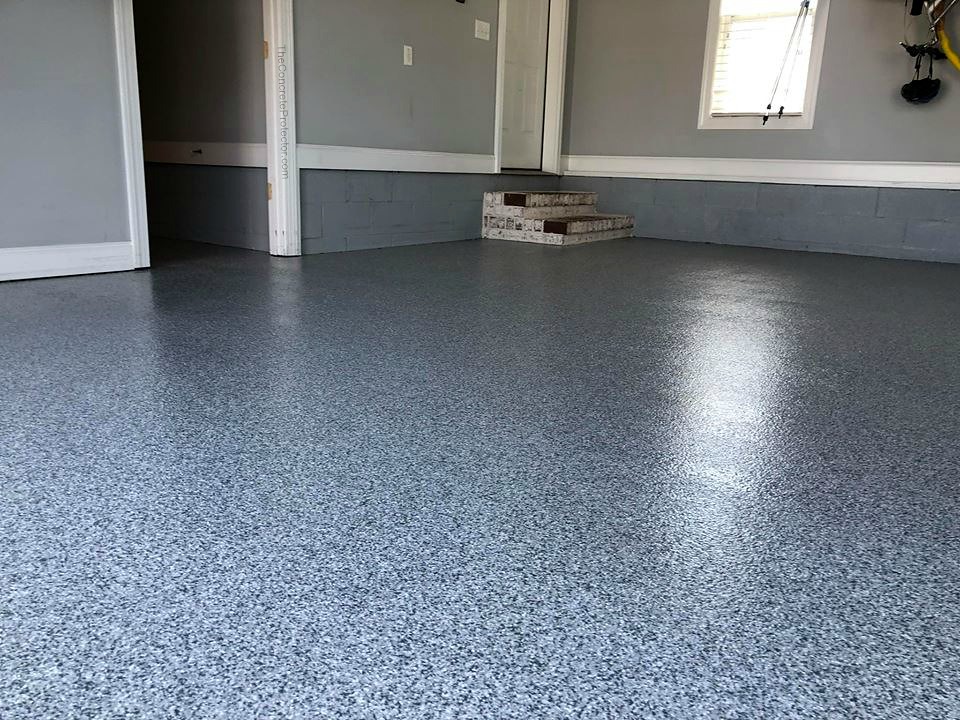"Reimagining Your Space: The Rising Popularity of Transitional Style in Homes"
Introduction: With the ever-changing dynamic of interior design, there's a style making waves for its ability to bridge the old and new - the transitional style. This innovative blend of traditional and contemporary styles creates a timeless design that offers flexibility and individuality.

The Genesis of Transitional Style
Transitional style finds its roots in the desire to blend the classic charm of traditional designs with the sleek simplicity of contemporary styles. It emerged as a response to the rigid rules of these two distinct styles, providing a more fluid and versatile approach to interior design. This style boasts a balanced and harmonious look that appeals to a wide demographic, making it a popular choice in today’s homes.
Current Scene: Transitional Style in Modern Homes
The transitional style is now a hot trend in interior design, with its emphasis on neutral color palettes, streamlined furnishings, and a balanced mix of textures. The style’s appeal lies in its flexibility; it allows homeowners to experiment with different elements without committing to one particular style. This trend is also driven by the rise of open floor plans, which require a cohesive design approach.
Practicality and Market Trends
Transitional style’s popularity can be attributed to its practicality and versatility. It allows homeowners to create a personalized space that reflects their tastes while maintaining a cohesive and sophisticated look. Market trends show a growing demand for this design approach, primarily because it fits well in different types of homes, from urban apartments to suburban houses. Moreover, it’s a style that can evolve with time, making it a smart and sustainable choice for homeowners.
Research-Backed Recommendations
Research suggests that a well-executed transitional style can enhance the aesthetic appeal of a home, improving its market value. To achieve this style, experts recommend using a neutral color scheme as a base, then adding interest with different textures and materials. A balanced mix of modern and traditional furniture, along with tasteful accessories, can complete the look.
Making Complex Simple: Transitional Style Demystified
Though the transitional style is about balance and harmony, it can be challenging to achieve the right mix. But with some guidance, anyone can master this style. Start with a neutral base, then mix and match furniture pieces from different periods. Add texture and depth with rugs, cushions, and artworks. Lastly, keep the look cohesive with a consistent color scheme throughout.
In conclusion, transitional style presents an exciting avenue for homeowners to explore. By mixing the old and new, traditional and modern, it offers a fresh perspective in interior design, enhancing the comfort and aesthetics of a home. This style’s popularity is set to continue as more homeowners seek versatile and personalized design solutions.




